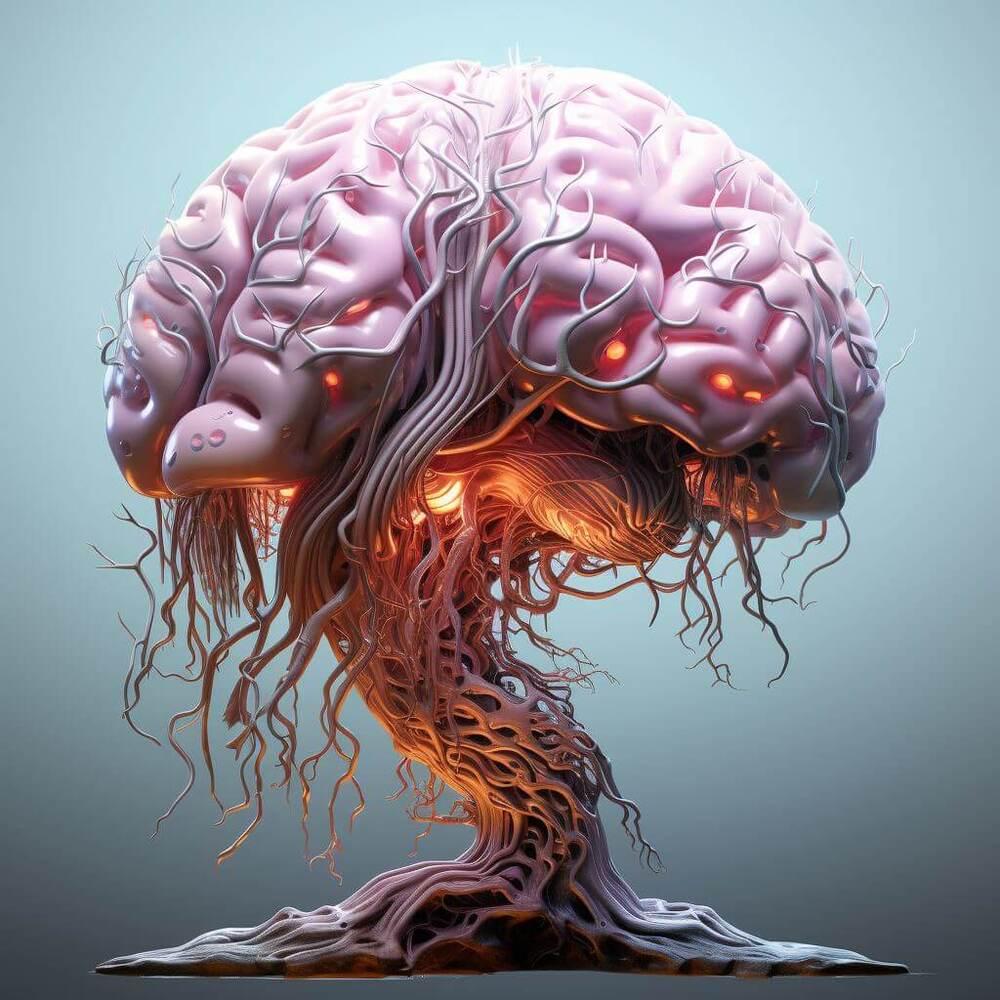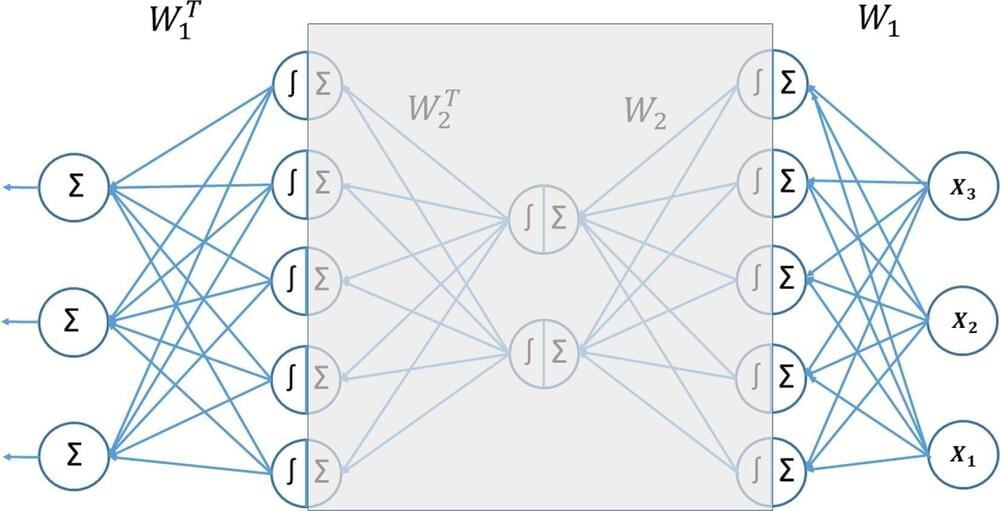Like Tom Hanks, victims of AI-generated trickery will need help getting out the message that they are not the ones who generated the content that’s being ascribed to them. The value of human expertise and decision-making in crisis management will become even more evident.
The AI revolution will have permanent repercussions beyond anything we can perhaps imagine today. Soon, organizations exploring and implementing the use of AI will invite unprecedented levels of risk.
Deepfake AI is now being used to create voice clones, convincing images and video hoaxes, all of which can be used to destroy an individual’s reputation or livelihood.








